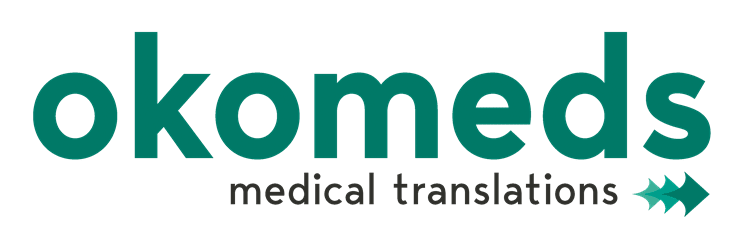
17 Dec Challenges of medical translations
The success or failure of a medical translation always depends on how exact and accurate the terminology employed is, given the context, as well as the level of knowledge and understanding of the subject matter exhibited by the linguist and their awareness of what should or should not be translated.
Nowadays, there is an ever wider range of medical texts, including medical textbooks, medical records, prescriptions, product summaries, guidelines or instructions, clinical trial protocols, highly-detailed medical journals, ads for medicines and patient forms or consent forms.
What are the main challenges in the area of medical translation? We strongly believe that these can be said to be equivalence, readability, eponyms, acronyms, affixation, doublet, and polysemy. These represent the main stylistic and linguistic issues that can make or break a medical translation.
Regulating the regional market
In Canada, as English and French are both official languages, translators and providers of medical translations must abide by the guidelines for labelling medical devices, which require the content to be bilingual when it is for general consumption.
In contrast, the Asian market is more exclusive as Asian medical translation regulations for pharmaceutical labels in Japan and China enforce the need for content to only be in the Japanese or Chinese language and submitted for approval to the Ministry of Health, Labour, and Welfare (MHLW).
Medical content
The content where there is more freedom in terms of the languages used includes translations of medical websites/marketing materials, medical signage, patient forms, clinical trial documents/medical research papers on different products, and prescription labels. These are the most popular at the moment.
Hospital website content is not far behind these leading marketing contenders, and the need to promote medical content in various languages is growing as companies try to reach and attract as many potential clients as possible.
Medical translation poses continuous challenges and raises constant issues that translators, translation service vendors, and medical service buyers and stakeholders must overcome. It is also a valuable bridge between cultures and identities, conveying a single message in so many different languages.






Sorry, the comment form is closed at this time.